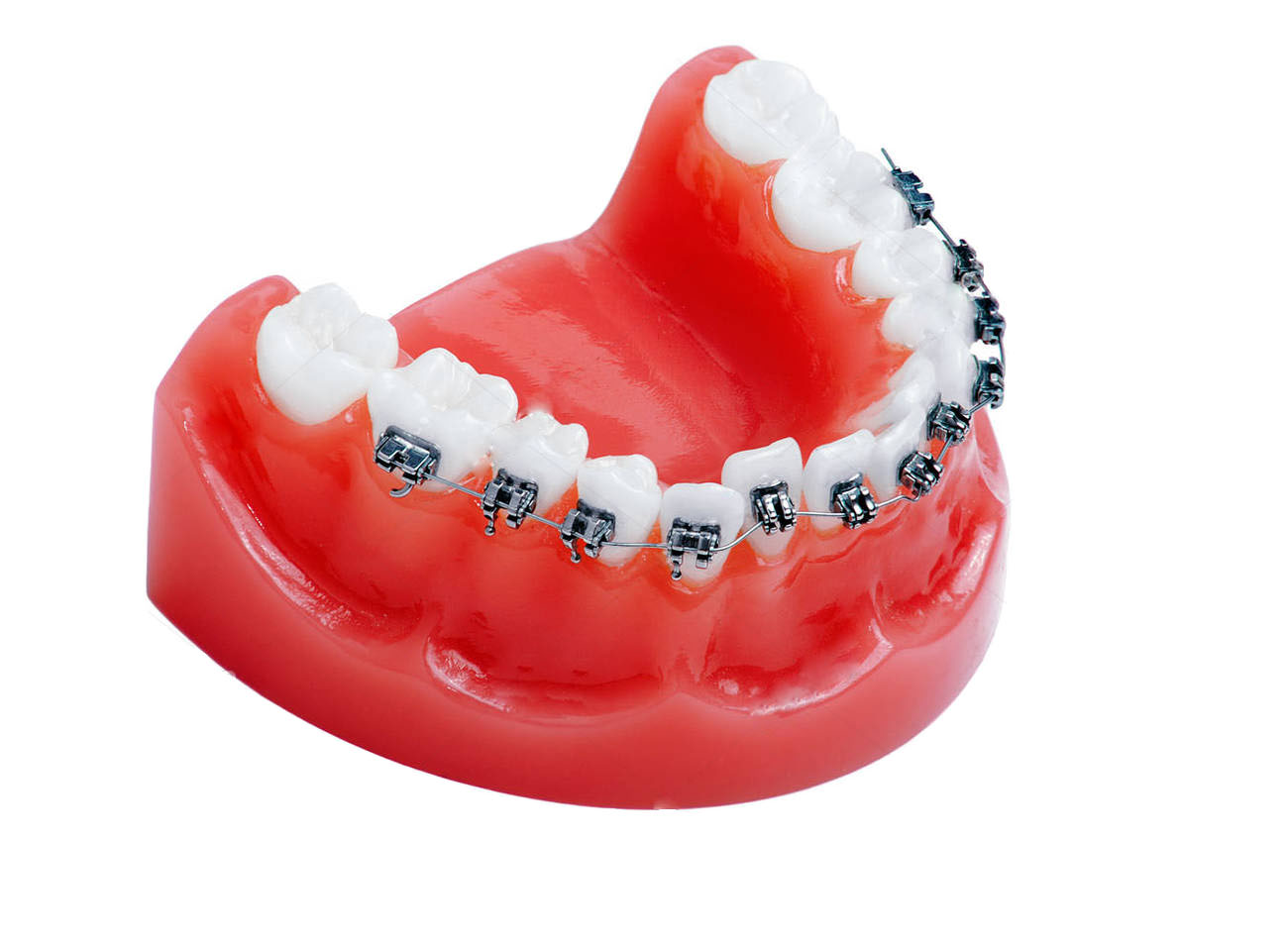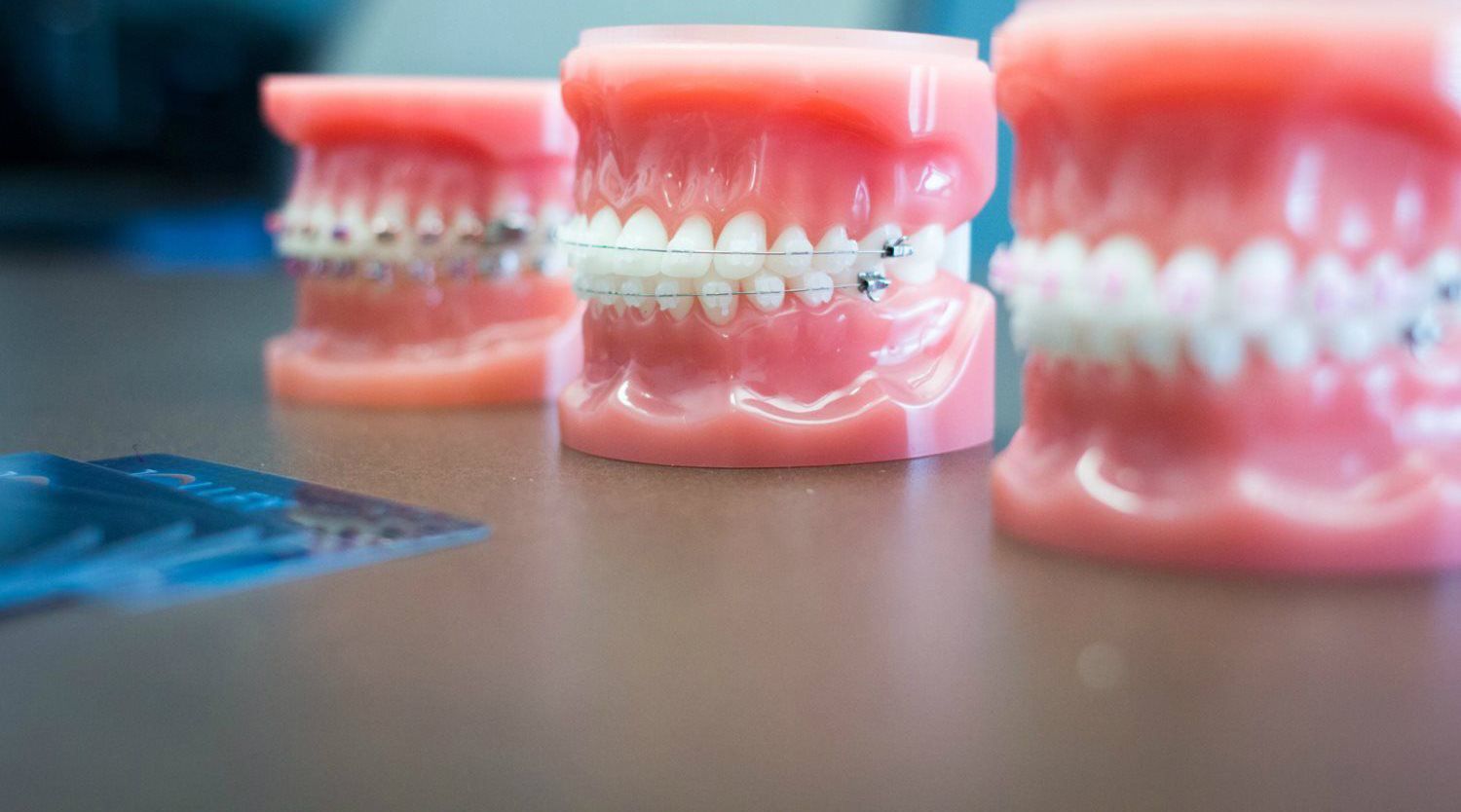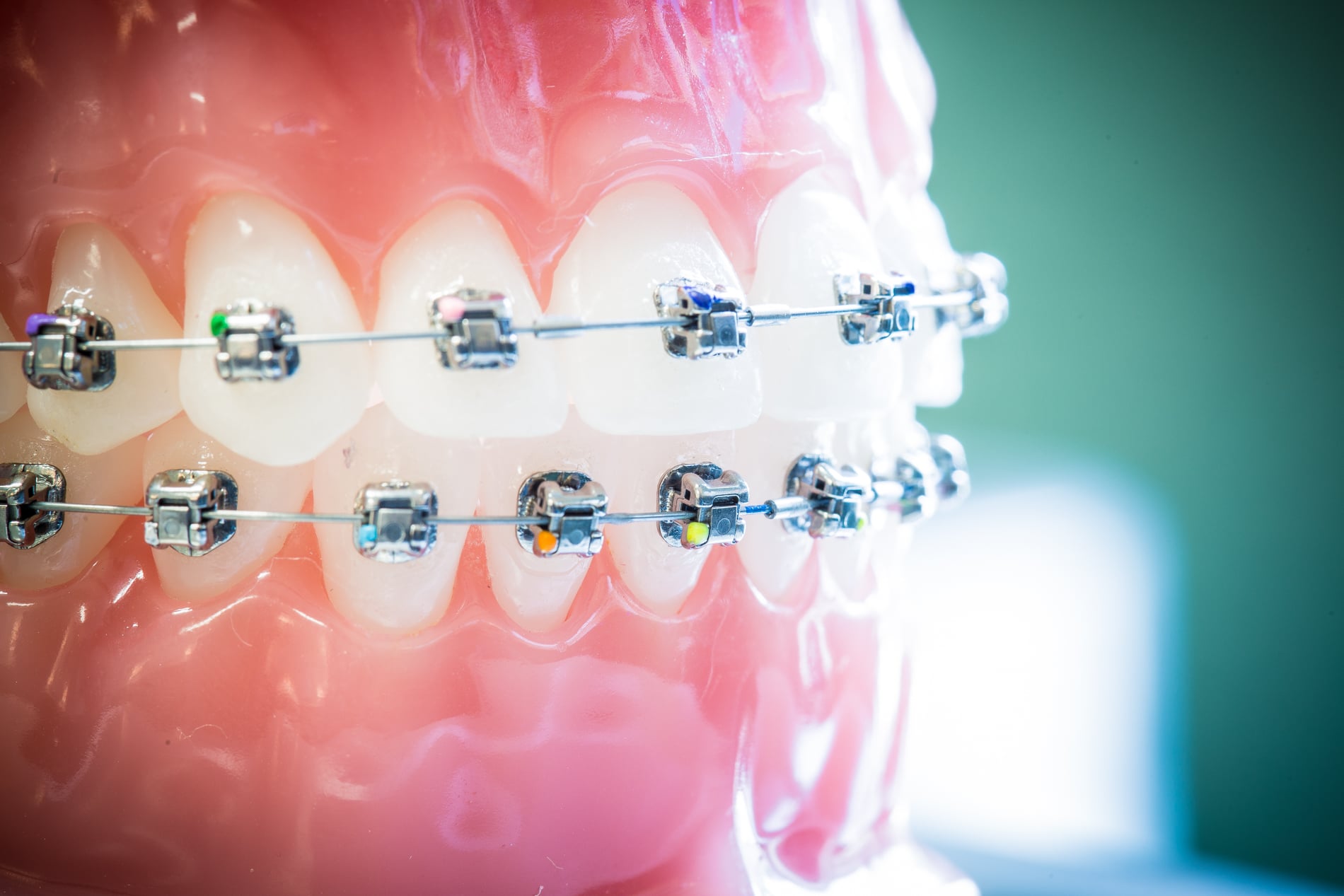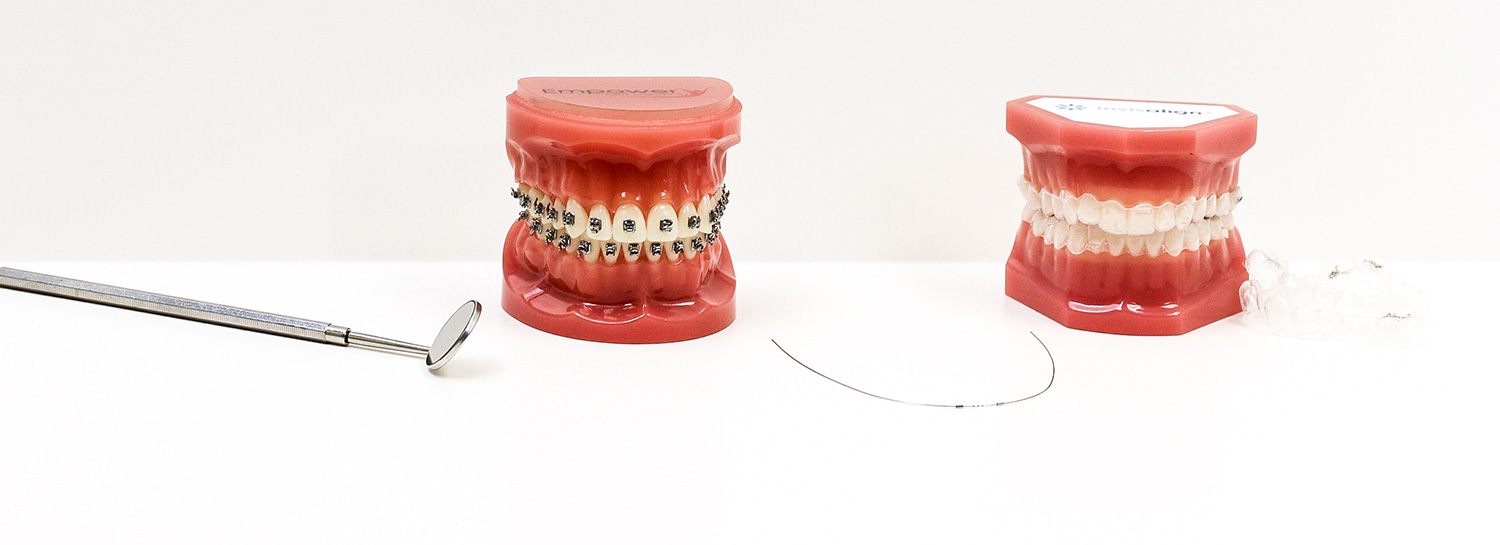BRACES
Orthodontics is the branch of dentistry known officially as orthodontics and facial orthopedics. The purpose of orthodontics is to treat any type of malocclusion in the mouth such as crooked teeth, mounted teeth, cross bite and open bites. Its purpose is to correct dental alignment and bad habits. When you have a malocclusion, it means your teeth, lips or jaw are not aligned properly which results to an improper bite and jaw irritation. The age to start treatment will depend on the stage our dentist detect the problem. Preventive orthodontics (children with primary dentition or temporary), Interceptive (adult dentition mixed dentition) and Corrective (adult dentition problems).


WHAT TYPES OF BRACES ARE AVAILABLE?
If braces are indeed the solution for you, your orthodontist will prescribe a specific treatment for your needs. The braces may consist of bands, wires, and other fixed or removable corrective appliances. Three types of braces:
Brackets: Made of stainless steel or clear or tooth-colored ceramic or plastic, brackets are bonded to the front of each tooth. Ceramic or plastic brackets are often selected for cosmetic reasons. Plastic brackets, however, may become stained and discolored by the end of treatment.
Lingual-type brackets: Brackets that attach to the back of teeth, hiding the bracket from view.
Traditional bands: Generally outdated “full metal-mouth” look, which consists of metal brackets soldered to metal bands that wrap around each tooth.
HOW DO BRACES WORK?
In their entirety, braces work by applying continuous pressure over a period of time to slowly move teeth in a specific direction. As the teeth move, the bony tooth socket reabsorbs and changes shape as pressure is applied. Braces are made up of the following components:
- Brackets are the small squares that are bonded directly to each tooth with a special dental bonding agent or are attached to orthodontic bands. Brackets act like handles, holding the arch wires that move the teeth.
- Orthodontic bands are stainless steel, clear or tooth-colored materials that are cemented with dental bonding agents or cement to teeth. They wrap around each tooth to provide an anchor for the brackets.
- The clear or tooth-colored bands are more cosmetically appealing options but are more expensive than stainless steel. They are not used in all patients. Some people have only brackets and no bands.
- Spacers are separators that fit between teeth to create a small space prior to placement of orthodontic bands.
- Arch wires attach to the brackets and act as tracks to guide the movement of the teeth.
- Arch wires can be made of metal or be clear or tooth-colored.
- Ties are small rubber rings or fine wires that fasten the arch wire to the brackets. They can be clear, metal or colored.


- A buccal tube on the band of the last molar holds the end of the arch wire securely in place.
- Tiny elastic rubber bands, called ligatures, hold the arch wires to the brackets.
Springs may be placed on the arch wires between brackets to push, pull, open or close the spaces between teeth. - Two bands on the upper teeth may have headgear tubes on them to hold the facebow of the headgear in place. (A headgear is another tool used by orthodontists to aid in correcting irregularities of the teeth; see below).
- Elastics or rubber bands attach to hooks on brackets and are worn between the upper and lower teeth in various ways. They apply pressure to move the upper teeth against the lower teeth to achieve a perfect fit of individual teeth.
- Facebow headgear is the wire gadget that is used to move the upper molars back in the mouth to correct bite discrepancies and also to create room for crowded anterior teeth.
- The facebow consists of an inner metal part shaped like a horseshoe that goes in the mouth, attaching to buccal tubes, and an outer part that goes around the outside of the face and is connected to a headgear strap.
- The issues are fixed and treated easily by wearing braces and other corrective procedures to achieve teeth and jaw alignment. This results in an equalized and perfected balance between aesthetics and mandible articulation.



